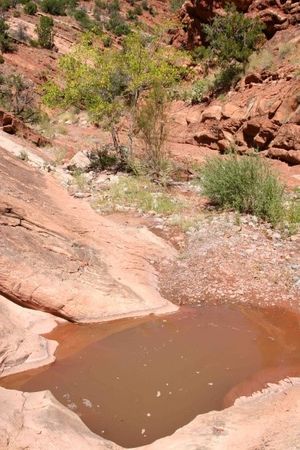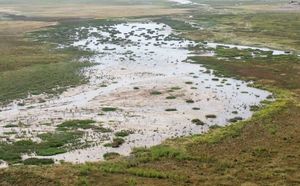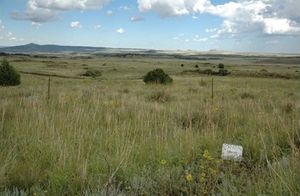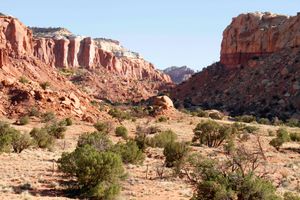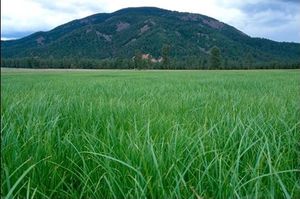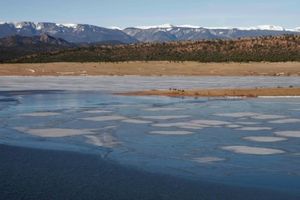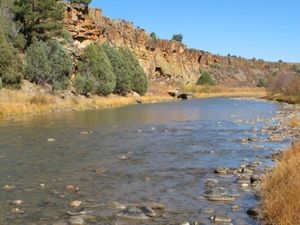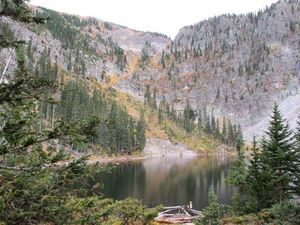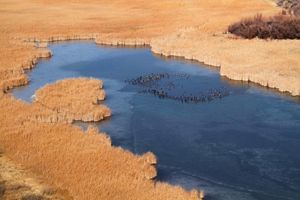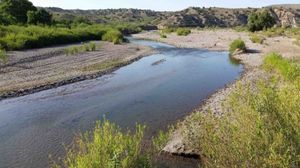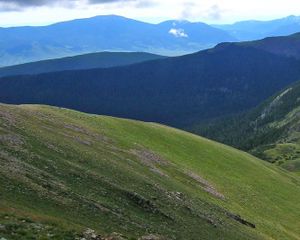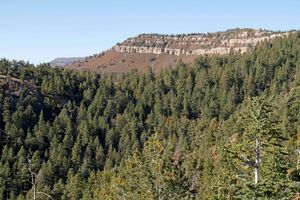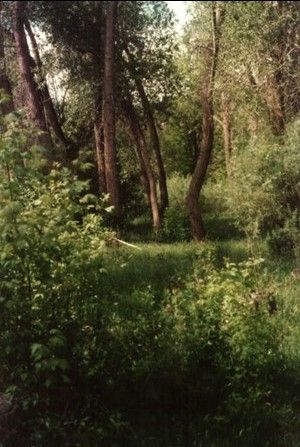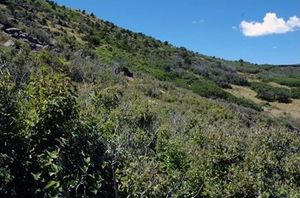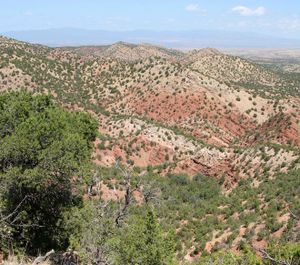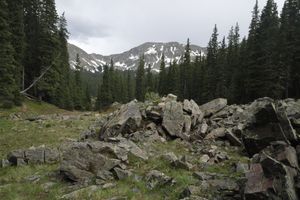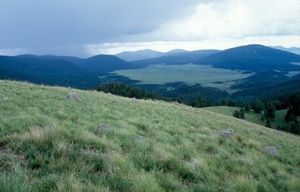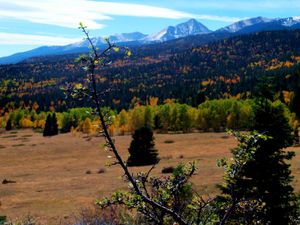
The Southern Rocky Mountains ecoregion encompasses 26,450 km2 (10,212 mi2) and includes
the Sangre de Cristo, Jemez, and San Juan Mountains in New Mexico. These ranges are at the
southern end of a 144,350 km2 (55,734 mi2) contiguous segment that extends to southern
Wyoming. In New Mexico, elevations range from 1,980-4,012 m (6,496-13,163 ft); terrain is
characterized by steep rugged mountains, complex masses of peaks, and some intermontane
valleys. The climate is mostly characterized as mid-latitude continental, but is subarctic at high
elevations. Summers are cool to warm; winters are severely cold (occasionally <-20 oC (-4 oF)).
Precipitation averages 60 cm (24 in) (range: 25-175 cm (10-69 in)) and occurs as snow in winter
and thundershowers in summer.
Habitats
Species of Greatest Conservation Need in the Southern Rocky Mountains Ecoregion
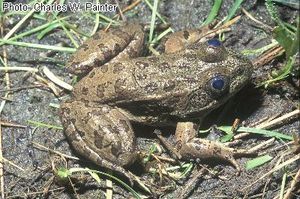
Amphibians

Mammals

Fish
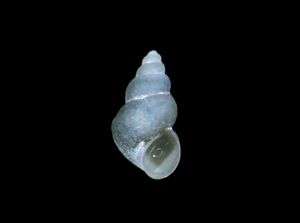
Molluscs
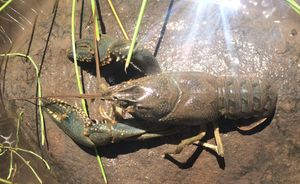
Crustaceans

Birds
SGCN Amphibians in the Southern Rocky Mountains Ecoregion
SGCN Mammals in the Southern Rocky Mountains Ecoregion
SGCN Fish in the Southern Rocky Mountains Ecoregion
SGCN Molluscs in the Southern Rocky Mountains Ecoregion
SGCN Crustaceans in the Southern Rocky Mountains Ecoregion
SGCN Birds in the Southern Rocky Mountains Ecoregion

